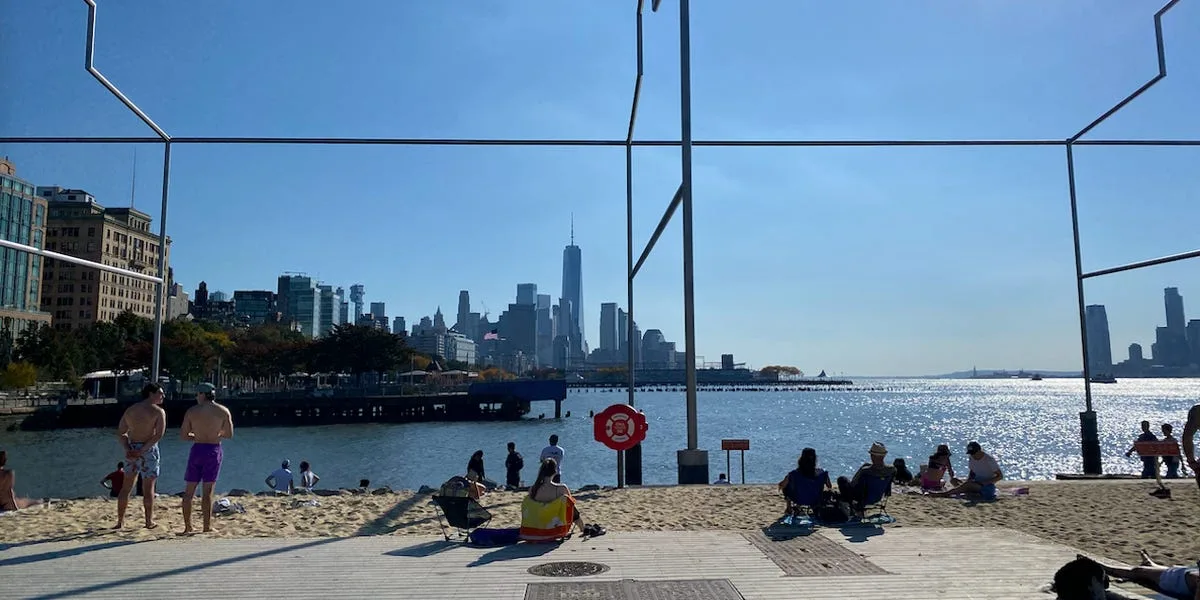The Potential of Urban Waterfronts: Revitalizing Cities and Building Resilience
The Value of Urban Waterfronts
Many American cities neglect their urban waterfronts, but these areas have immense potential to revitalize cities and promote equity. Rivers, lakes, canals, and beaches can attract new residents, visitors, and commercial development while making cities more inclusive and resilient in the face of climate change. It’s no wonder that people are naturally drawn to waterfronts and are willing to pay a premium to live near them. Economists stress the importance of investing in natural amenities to spur economic growth and create thriving communities.
Examples of Urban Waterfront Developments
New York City has made significant investments in its 520 miles of waterfront, including the creation of iconic parks on former industrial sites like Brooklyn Bridge Park and Battery Park. Other cities are following suit, with plans for new beaches, housing, and park space on their neglected waterfronts. The transformation of Washington DC’s waterfront has brought luxury condos, restaurants, music venues, and sports facilities, providing a boost to local economies.
Waterfronts and Climate Resilience
Urban waterways pose a serious flooding threat due to climate change, but waterfront parks can help mitigate this risk by collecting storm surge and rainwater. As cities get hotter, these green spaces offer a cooling respite for residents and visitors alike. With heat-related deaths on the rise globally, having access to rivers and lakes becomes a matter of public health. Waterfronts play a crucial role in building climate-resilient and equitable cities.
Promoting Equity and Addressing Historic Inequities
Promoting equity is another important aspect of developing urban waterfronts. Lower-income neighborhoods and communities of color are disproportionately affected by environmental impacts such as flooding and extreme heat. By ensuring waterfront access for all residents, cities can address historic inequities and provide safe spaces for swimming and recreation. Many cities have a history of racial segregation in public pools, making rivers and lakes particularly important for marginalized communities to enjoy water-based activities.
International Models and Future Possibilities
Internationally, cities like Zurich and Paris have embraced their urban waterfronts, allowing residents and visitors to swim in rivers and lakes. The success of these initiatives serves as inspiration for other cities, including those in the United States. While skepticism remains about the cleanliness of rivers like the Anacostia in Washington DC, efforts are being made to improve water quality and create safe swimming areas. These initiatives not only provide recreational opportunities but also support boating clubs and other water-based activities.
Source: The key to fighting the urban doom loop might be a downtown beach







